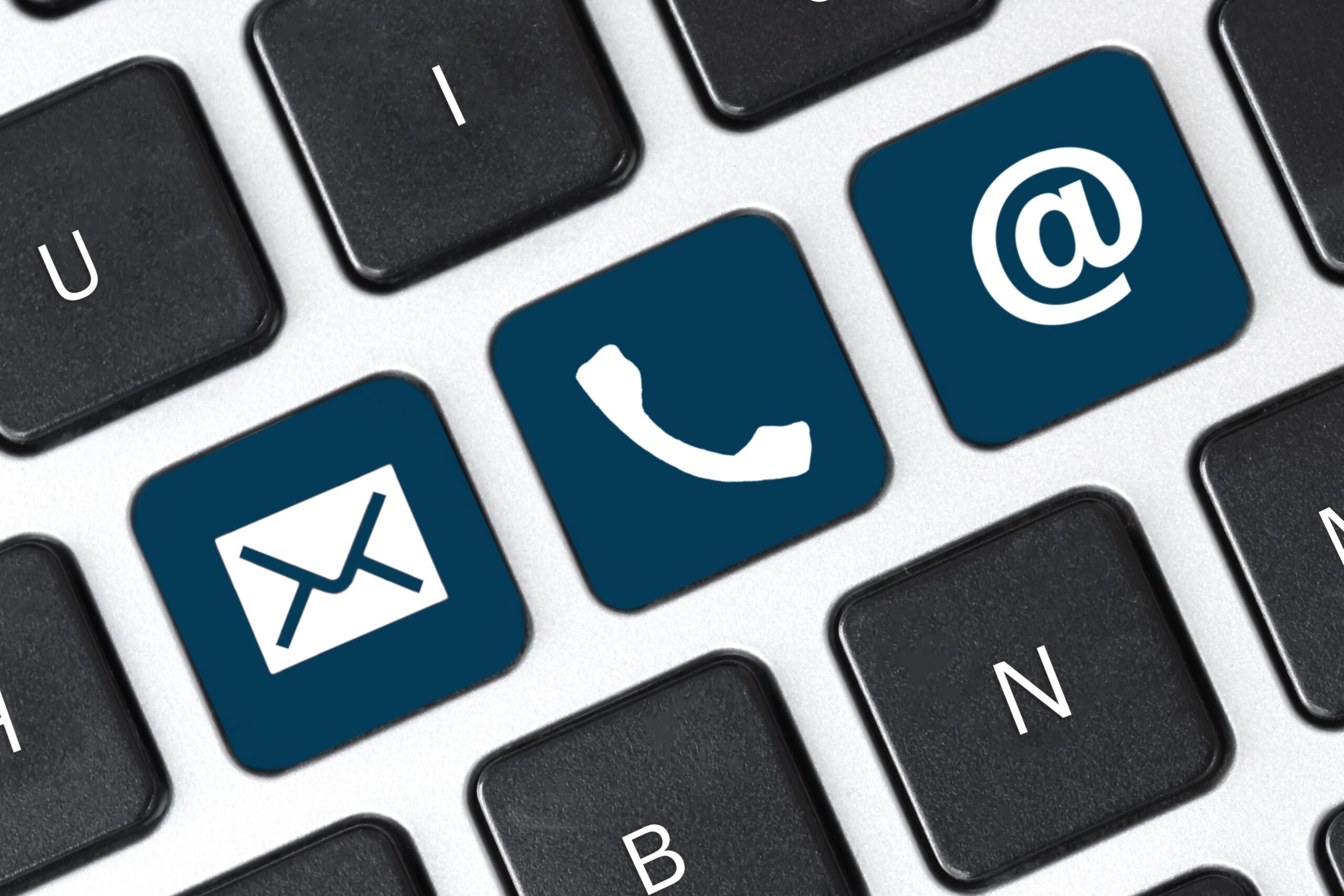Incidents are inevitable while running a business; they can happen anytime in any form. During an incident, it is essential to have proper communication to minimize the impact and expedite a solution as soon as possible.
For technical resolvers, the initial step during an incident is to look for any leads to that point to the source of the incident. The customer service teams should prioritize establishing effective communication with the impacted users. The users should be updated with the status and need to have proper support from the customer communication team.
During customer outages, the stakeholders, customer support, legal, executives, etc., and all the teams associated with the organization must be in a loop by keeping them engaged and informed about the scenario.
AutoMax Incident Management System ensures incident response teams have a well-defined plan and processes in place to ensure effective communication during an outage. It maintains proper coordination and streamlines internal and external communications, thus providing maximum transparency to handle the incidents effectively.
Let us see some of the best practices for maintaining effective communication during an outage:
Establish a single source of truth
During an incident, the entire focus of the incident resolution team must be on solving the issue. Having a proper incident management platform like AutoMax enables one to handle the tasks like logging status, collaborating, and ensuring everyone effortlessly stays on the same page.
Have a predefined list of stakeholders
In this stage, predefining can make a huge difference in reducing the chaos in a war field situation. Instead of getting mentally exhausted during the incident by trying to remember the names of the immediate contact persons, create predefined groups of stakeholders to keep them informed during various types of incidents. Thus, during an incident, informing the right set of people becomes easier as pushing a button.
Empathize with impacted customers
During an outage, make some effort to show a genuine understanding of the customers who have been heavily affected. So, it’s better to avoid usual cliches like “we apologize for any inconvenience” and instead use something more specific and honest.
Provide regular updates
Some of your users may be refreshing your site again and again. Thus, it is essential to provide regular updates. As something is always better than nothing, even a small update like “We are still working on the issue” or other social media posts will let users know the status of the resolution.
Regular follow up
Post-incident communication is also essential. Once the incident is resolved, don’t merely thank your customers for their patience. Instead, reach out to them and ask whether there they still need some help from your side.
Inform them about the measures you are implementing internally to prevent such a situation from reoccurring in the future.
Wrapping up
Outages and other incidents are unavoidable and unpredictable. Due to these uncertainties, it’s essential to have an incident response team on hand and prepared to act when an incident happens.
The adverse effects of outages on the overall customer experience can be reduced with effective communication. Reassuring clients with timely and insightful messages will help you win their loyalty and trust, even if the solution takes time.
 EN
+1 669-231-8743
EN
+1 669-231-8743
